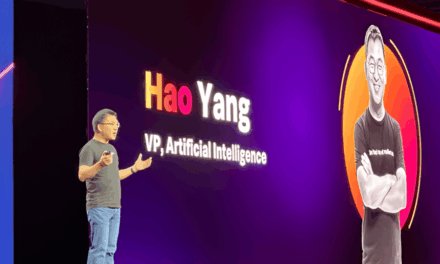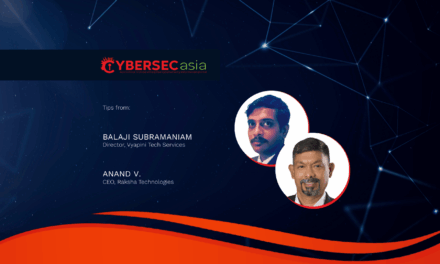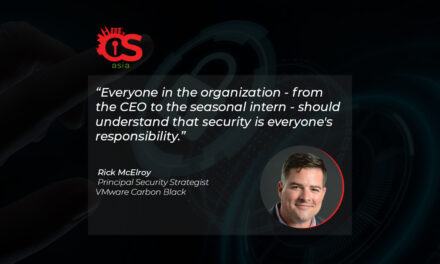Industry experts weigh the broader diplomatic, policy, and security implications as Singapore’s attribution prompts ongoing international response and analysis.
Cybersecurity firms have been weighing-in on the current affray caused by Singapore’s 18 July 2025 public disclosure that it believes the advanced persistent threat group (APT) UNC3886 is behind a series of cyberattacks on the country’s critical infrastructure.
Rather than focusing on the limited details furnished about the attacks, the larger concern by commentators has been, what is the strategic significance of Singapore publicly naming the APT, which is widely known in the industry to originate from China?
China’s official reaction has been swift and assertive, with its embassy in Singapore issuing multiple statements that underscore a familiar stance in the geopolitical cyber domain.
According to Santiago Pontiroli, Lead Researcher, Acronis Threat Research Unit, the announcement “appears to be a deliberate and strategic move by Singaporean authorities. By identifying the group, Singapore demonstrates that it has the capability to detect and track even the most advanced threat actors. This not only sends a deterrent message to potential adversaries but also reassures the public and private sectors that such threats are being actively monitored and addressed.”
CYFIRMA’s CEO, Kumar Ritesh, has publicly commented: “Such attribution is a double-edged sword: it elevates national posture and assists in building international partnerships, but could also attract increased attention from sophisticated threat actors. By stopping short of naming a country, Singapore smartly avoids escalation — even as the group’s origins are hardly a secret in threat intelligence circles.”
Luke McNamara, Principal Analyst, Mandiant, has been quoted for another perspective: “We do see a tendency for state-backed groups to focus on strategic intelligence gathering in South-east Asia. Singapore’s willingness to address this group publicly is a notable shift, mirroring how other nations are using attribution both for internal transparency and to send signals to adversaries.”
Finally, Tenable’s Senior Staff Research Engineer has chimed in: “Today, Singapore officially designates 11 sectors, including energy, water, banking and finance, healthcare, transport (land, maritime, aviation), government, infocomm, media, and security and emergency services, as Critical Information Infrastructure,” adding it is likely that additional sectors could be added in future.”

















